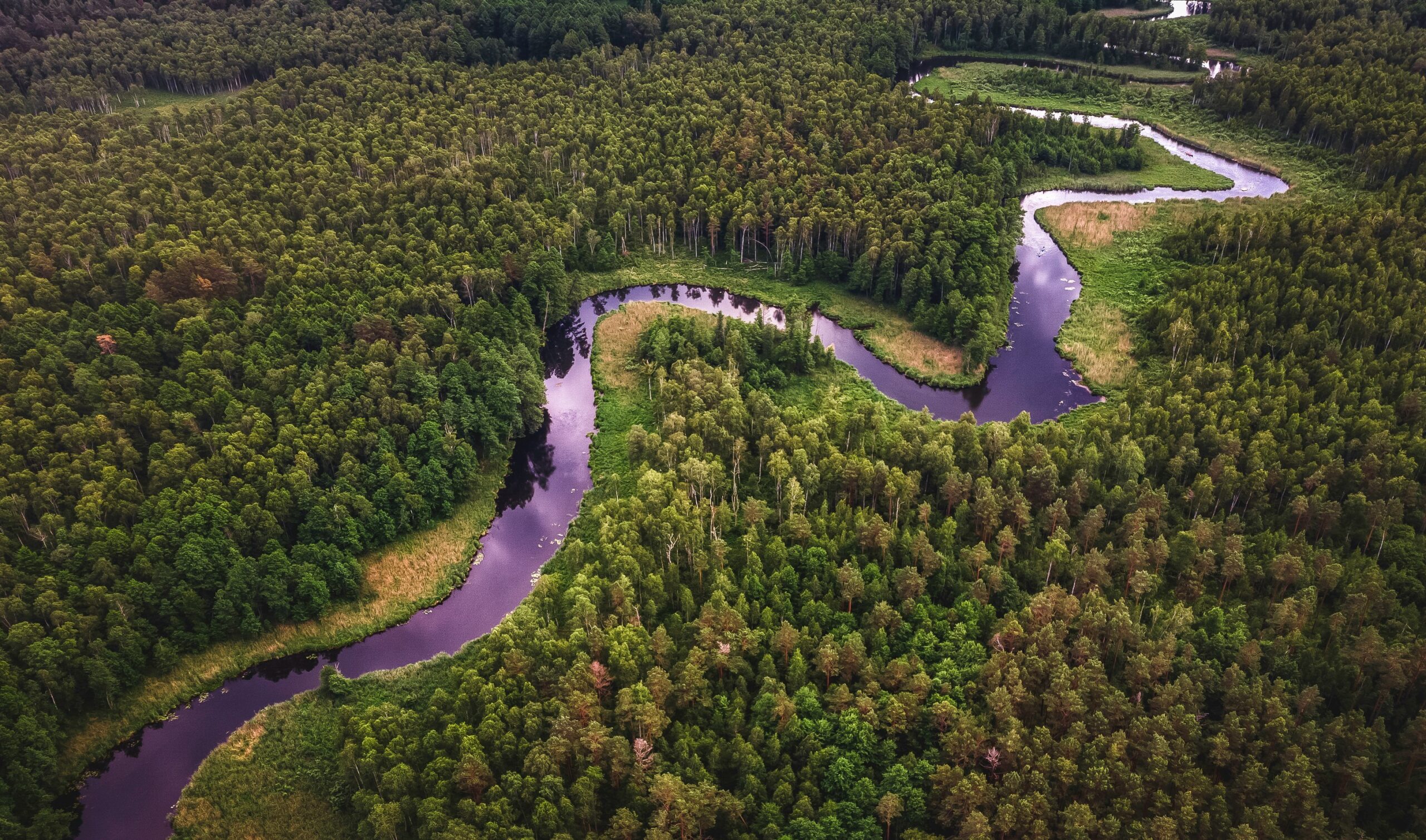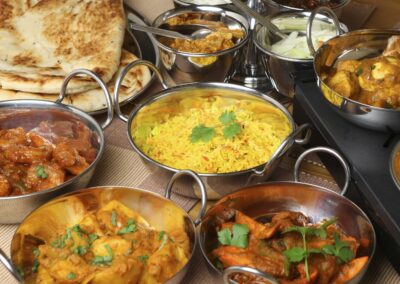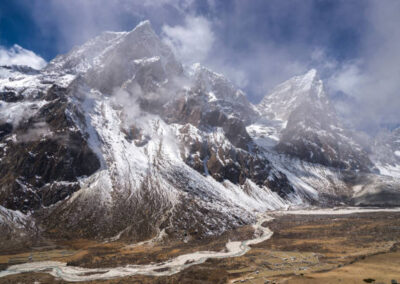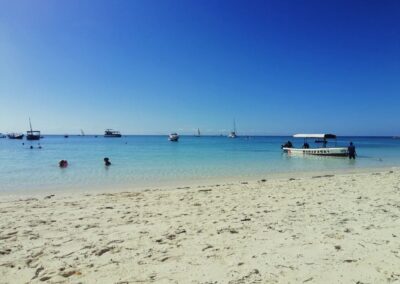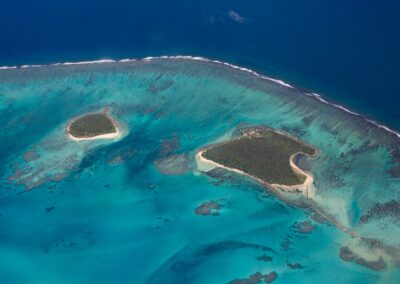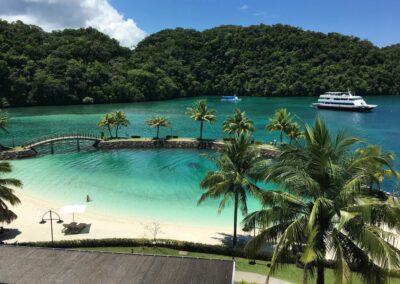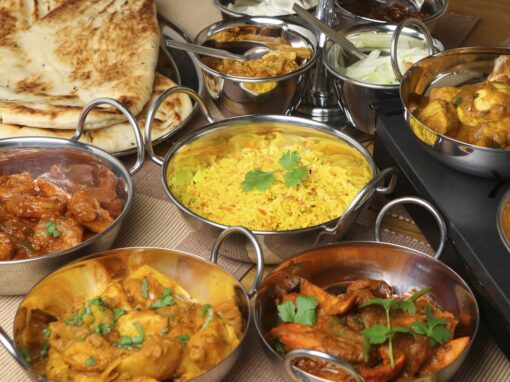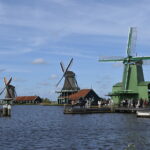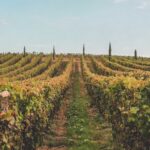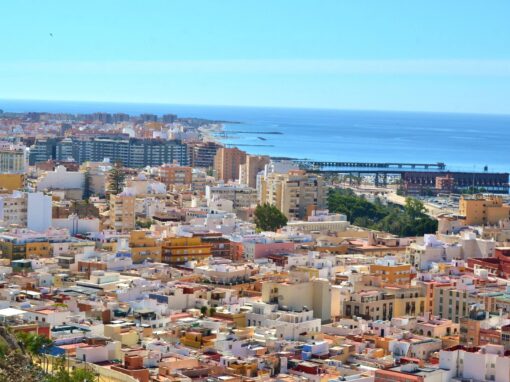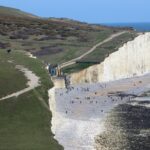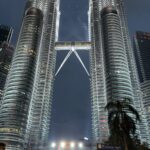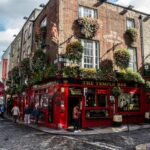The Amazon rainforest, with its rich biodiversity, lush greenery and intricate ecosystems, house countess species that merit a trip to the ‘lungs of the Earth’.
The rainforest spans over 5.5 million square kilometres across nine countries in South America — Brazil, Peru, Colombia, Venezuela, Ecuador, Bolivia, Guyana, Suriname, and French Guiana. It is the largest rainforest on the planet and a vital component of the global ecosystem.
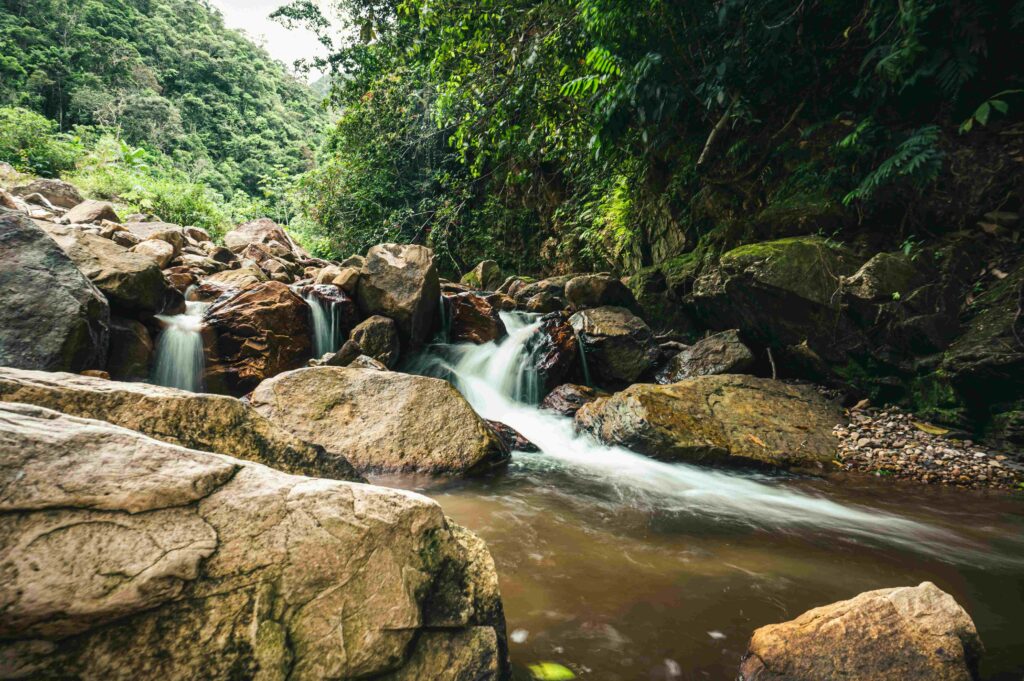
The Amazon is home to an astonishing array of wildlife with around 390 billion individual trees divided into 16,000 species, including the towering kapok and rubber trees. The rainforest shelters over 2.5 million insect species, tens of thousands of plants, and some 2,000 birds and mammals.
Iconic animals include jaguars, sloths, pink river dolphins, and anacondas. Its waterways teem with fish species like the piranha and the arapaima, one of the largest freshwater fish in the world.
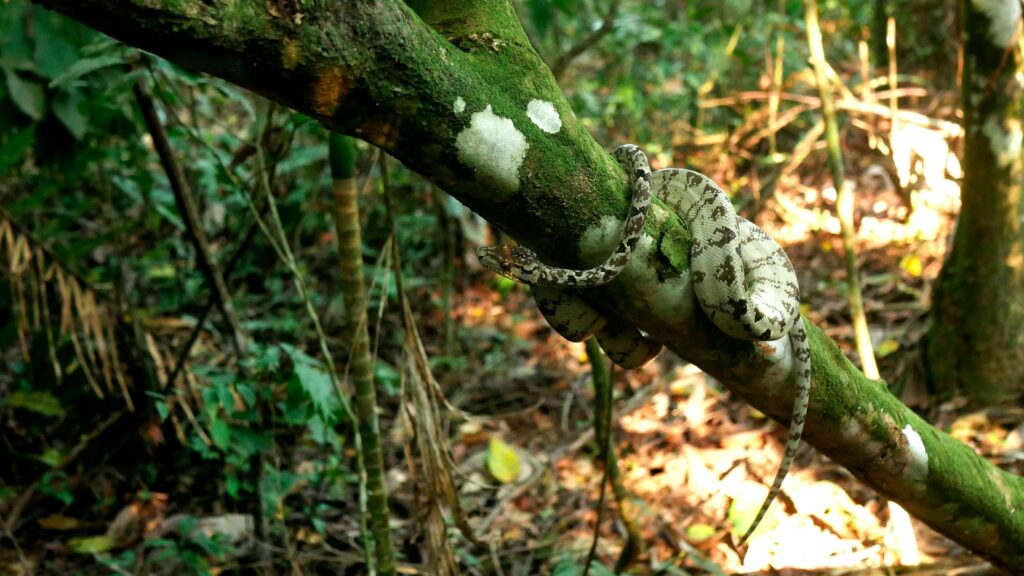
Exploring the smaller tributaries and flooded forests by canoe allows for a more intimate encounter with the Amazon’s flora and fauna. Canoe trips can bring you closer to wildlife and offer a peaceful way to experience the sounds and sights of the rainforest.
The Amazon River

The Amazon River, the lifeblood of the rainforest, is the second-longest river globally, stretching approximately 6,400 kilometres. It carries more water than any other river, discharging about 209,000 cubic meters per second into the Atlantic Ocean. Its vast network of tributaries and waterways supports both wildlife and human populations.

The Amazon is home to the pink river dolphin (boto) and the grey river dolphin. Joining a river tour and spotting these playful creatures is a highlight of a river journey.
Ecosystem
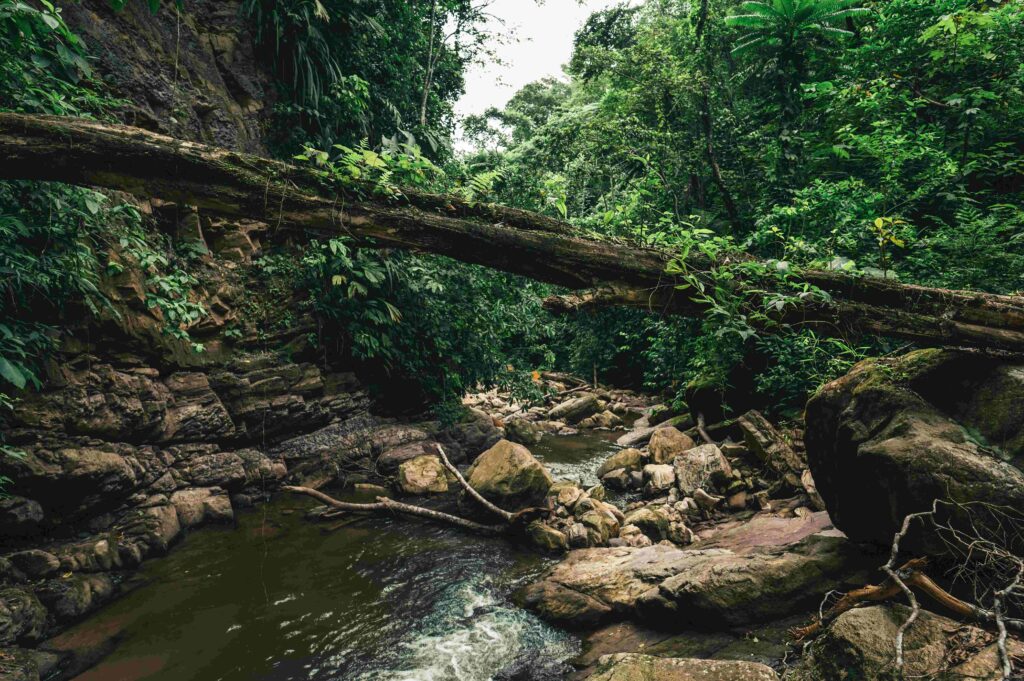
The Amazon has a tropical climate with high humidity and temperatures averaging around 27°C year-round. It receives about 2,500 millimetres (100 inches) of rainfall annually. This humid, verdant environment supports complex ecological interactions, making it one of the most productive ecosystems on Earth. The dense canopy creates a multi-layered habitat from the forest floor to the treetops.
Dry Season (June to November): Easier trekking conditions and fewer mosquitoes. Water levels are lower, making jungle hikes more accessible.
Wet Season (December to May): Higher water levels allow for deeper exploration by boat. The rainforest is lush and vibrant but travel can be more challenging due to rain.
Environmental characteristics
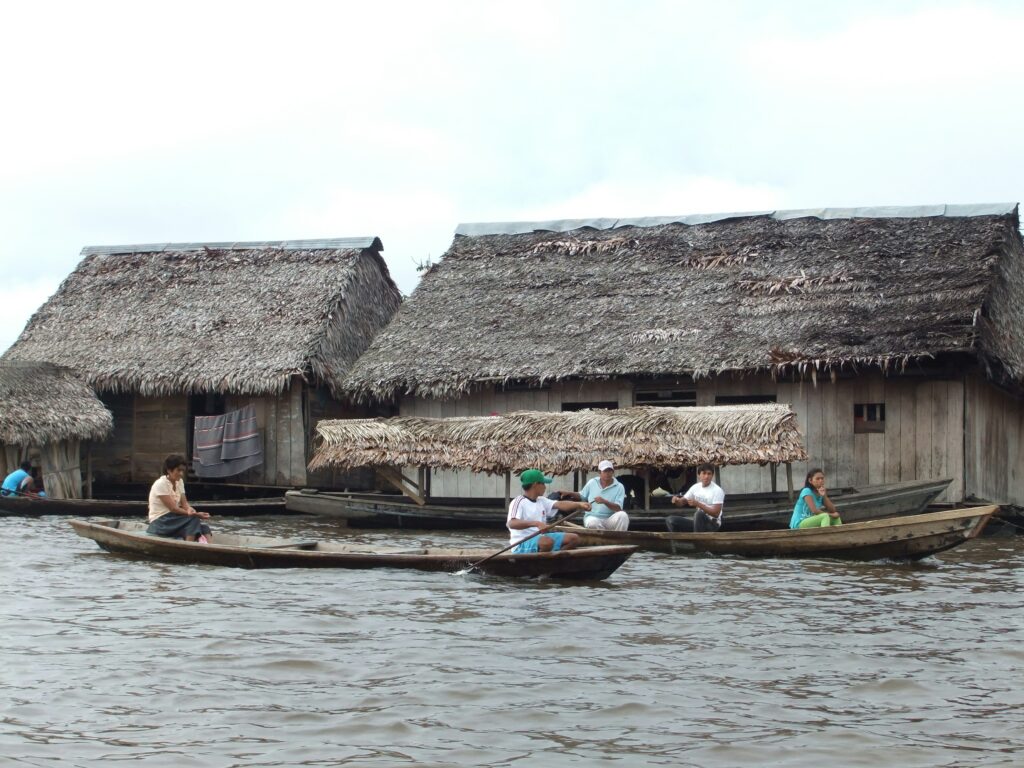
The rainforest plays a critical role in absorbing carbon dioxide, thus helping to mitigate climate change. Its trees store vast amounts of carbon, reducing the amount in the atmosphere. It also influences the global water cycle, generating moisture through transpiration which affects weather patterns across South America and beyond.
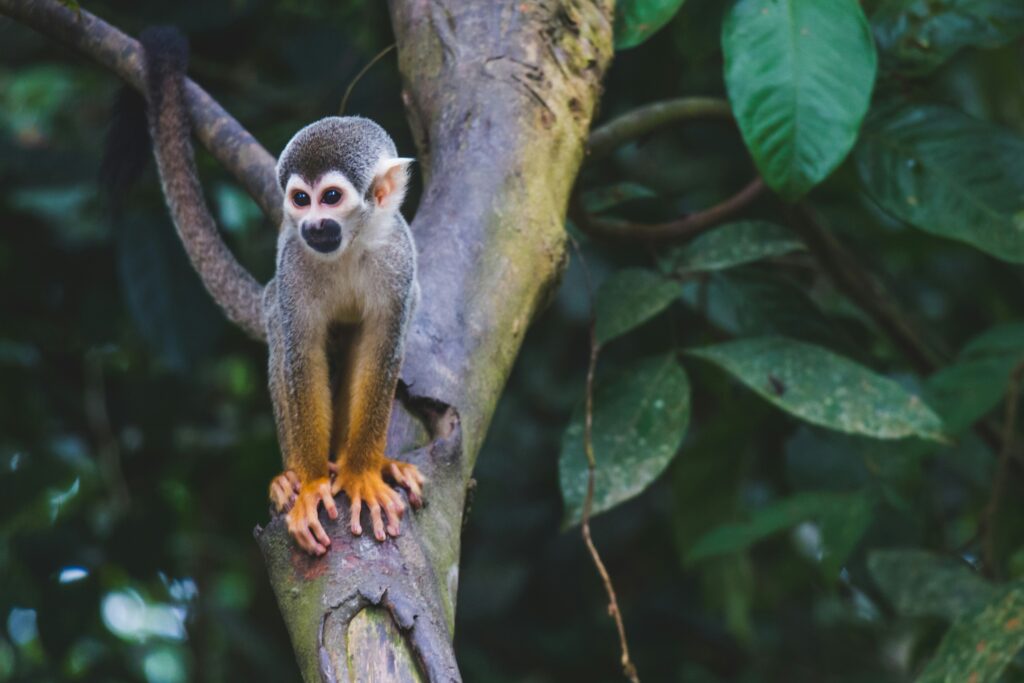
Guided jungle treks offer the chance to see sloths, monkeys, caimans and a variety of insects and plants. Night hikes can reveal the nocturnal life of the rainforest, including tarantulas and night monkeys.


